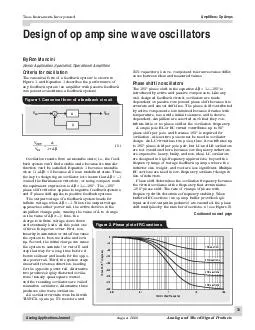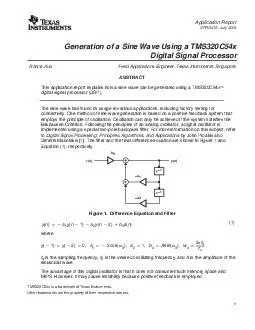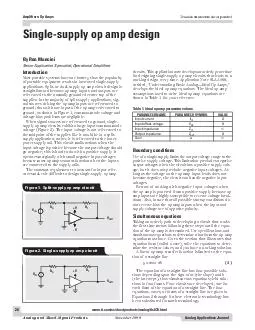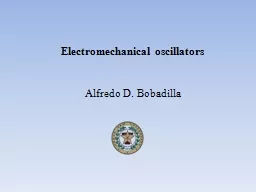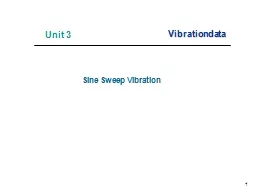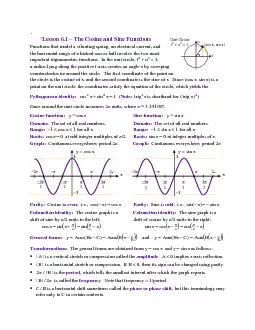PDF-Analog Applications Journal August Analog and MixedSignal Products Design of op amp sine
Author : test | Published Date : 2014-12-19
1 Oscillation results from an unstable state ie the feed back system cant find a stable state because its transfer function cant be satisfied Equation 1 becomes
Presentation Embed Code
Download Presentation
Download Presentation The PPT/PDF document "Analog Applications Journal August Anal..." is the property of its rightful owner. Permission is granted to download and print the materials on this website for personal, non-commercial use only, and to display it on your personal computer provided you do not modify the materials and that you retain all copyright notices contained in the materials. By downloading content from our website, you accept the terms of this agreement.
Analog Applications Journal August Analog and MixedSignal Products Design of op amp sine: Transcript
Download Rules Of Document
"Analog Applications Journal August Analog and MixedSignal Products Design of op amp sine"The content belongs to its owner. You may download and print it for personal use, without modification, and keep all copyright notices. By downloading, you agree to these terms.
Related Documents

